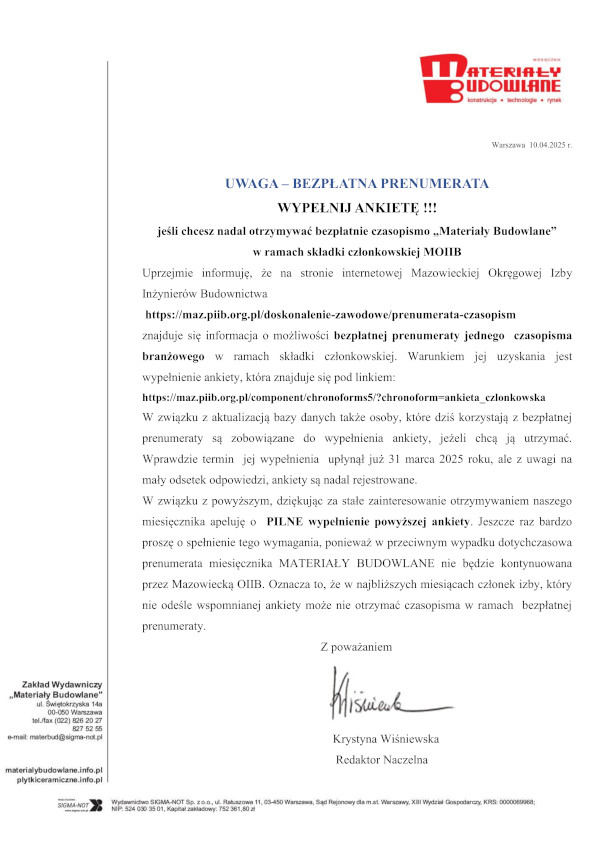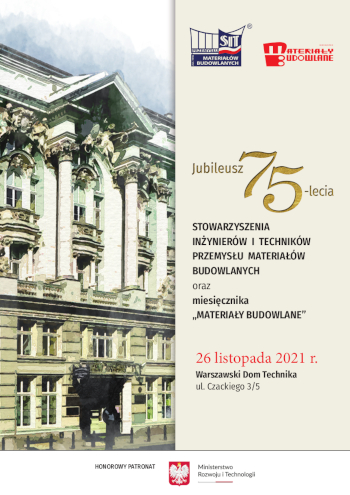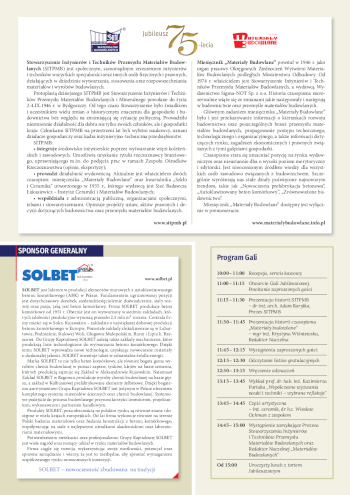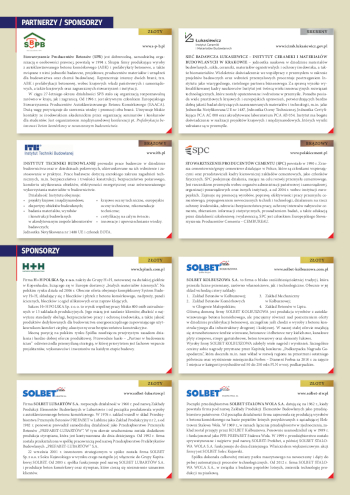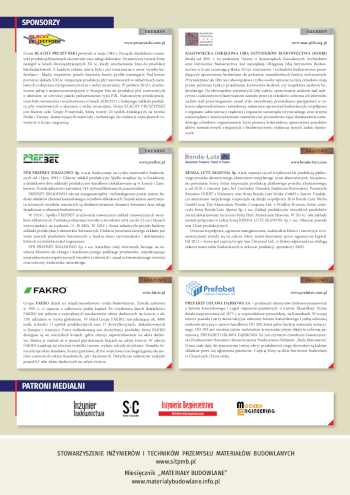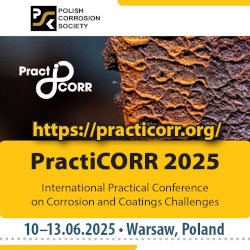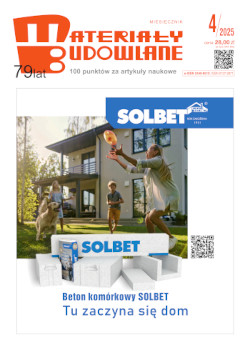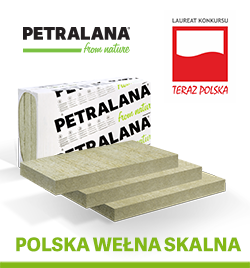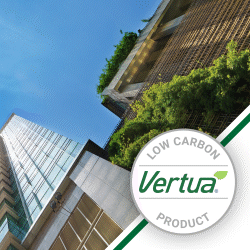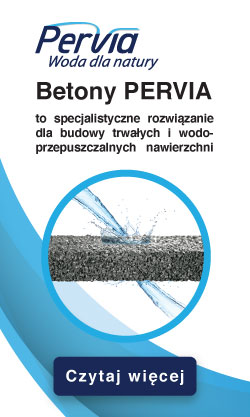mgr inż. Hubert Witkowski Politechnika Łódzka,Wydział Budownictwa, Architektury i Inżynierii Środowiska
Autor do korespondencji : Ten adres pocztowy jest chroniony przed spamowaniem. Aby go zobaczyć, konieczne jest włączenie w przeglądarce obsługi JavaScript.
DOI: 10.15199/33.2018.02.13
Zagadnienie sekwestracji CO2 w betonie w procesie karbonatyzacji nabiera w ostatnim czasie coraz większego znaczenia. Wynika to z faktu, iż coraz częściej zarówno konstrukcja, jak również zastosowane materiały są analizowane pod kątem ich całkowitego śladu węglowego. W artykule przedstawiono wyniki badań procesu karbonatyzacji betonu SCC C30/37 w formie gruzu betonowego frakcji 8 – 31,5 mm w komorze karbonatyzacyjnej przez okres 56, 112 i 168 dni. Próbki zostały poddane analizie spektrofotometrycznej FTIR (Fourier Transformation Infrared Spectroscopy). Następnie próbki badane przez 168 dni poddane zostały analizie termicznej TG/DTA (Thermogravimetric/Differential Thermal Analysis) w celu określenia ilości zaabsorbowanego CO2. Otrzymane wyniki zostały odniesione do maksymalnej teoretycznej ilości zaabsorbowanego CO2 wg normy PN-EN 16757-07.
Słowa kluczowe: beton samozagęszczalny; sekwestracja CO2; FTIR; TG/DTA; proces karbonatyzacji.
* * *
CO2 sequestration in carbonation process in terms of standard PN-EN 16757:2017-07
Issue of CO2 sequestraion in the carbonation process has become a crucial problem. This is due the fact, that construction and applied materials are analyzed in the terems of their total carbon footprint. Resutls of research on carbonation of SCC (Self-Compacting Concrete) C30/37 in the form of concrete rubble, in fraction 8 – 31,5 mm, kept for 56, 112 and 168 days have been presented in the paper. Samples were investigated with FTIR (Fourier Transformation Infrared Spectroscopy) analysis. Next, samples kept for 168 days were analyzed with thermal analysis TG/DTA (Thermogravimetric/Differential Thermal Analysis) to determine the amount of absorbed CO2. The obtained results were referred to the formula for the maximum theoretical CO2 uptake according to PN-EN 16757-07.
Keywords: Self-Compacting Concrete; CO2 sequestration; FTIR; TG/DTA; carbonation process.
Literatura
[1] Chang Cheng-Feng, Jing-Wen Chen. 2006. „The experimental investigation of carbonation depth”. Cement and Concrete Research 36: 1760 – 1767.
[2] Czarnecki Lech, Piotr Woyciechowski. 2015. Modeling of concrete carbonation; is it a process unlimited in time and restricted in space?”. Bulletin of the Polish Academy of Sciences, Vol. 63, No. 1.
[3] Glavind Mette. 2006. CO2 uptake during the concrete life cycle. Danish Technological institute. Oslo. DTI.
[4] Habert Guillame. 2015. Carbonation of recycled concrete in relation with TC 229. Zurich. ETH.
[5] ISO/TS 14067. 2013. Greenhouse gasses – Carbon footprint of products – Requirements and guidelines for quantification and communication.
[6] Kikuchi Toshifumi, Yasuhiro Kuroda. 2011. „Carbon Dioxide Uptake in Demolished and Crushed Concrete”. Journal of Advanced Concrete Technology vol. 9 No. 1: 115 – 124.
[7] Lagerblad Björn. 2005. Carbon dioxide uptake during concrete life cycle – State of art. CBI Report 2.
[8] Leemann Andreas, Fritz Hunkeler. 2016. „Carbonation of concrete: assessing the CO2 uptake”. Report cemsuisse project 201602.
[9] Mobin Raj T., P. Muthupriya. 2016. „Determination of concrete carbonation depth by experimental investigation”. International Journal of Engineering Science Invention Research & Development Vol. II Issue VIII.
[10] Naik Tarun R. 2007. „Sustainability of the cement and concrete industries”. Sustainable Construction Materials and Technologies, Taylor & Francis Group: 19 – 25. London.
[11] Northern Illinois University (http://www.niu.edu/ANALYTICALLAB/ftir/samplepreparation. shtml).
[12] PN-EN 13295:2005. Wyroby i systemy do ochrony i napraw konstrukcji betonowych – Metody badań – Oznaczenie odporności na karbonatyzację.
[13] PN-EN 16757:2017 – 07. Zrównoważony charakter robót budowlanych – środowiskowe deklaracje wyrobu – Zasady kategoryzacji wyroby dla betonu i wyrobów budowlanych.
[14] Siriwardena Dinusha P., Sulapha Peethamparan. 2015. „Quantification of CO2 sequestration capacity and carbonation rate of alkaline industrial byproducts”. Construction and Building Materials 91: 216 – 224.
[15] Vagenas N. V., A. C. Gatsouli, G. Konotoannis. 2003. „Quantitative analysis of synthetic calcium carbonate polymorphs using FT-IR spectroscopy”. Talanta 59: 831 – 836.
[16] Witkowski Hubert. 2015. „Sustainabilityof Self – Compacting Concrete”. ACEE No. 1: 83 – 88.
[17] Woyciechowski Piotr. 2013. Model karbonatyzacji betonu. Prace naukowe Politechniki Warszawskiej z. 157. Warszawa. [18] Ylmén Rikard, Ulf Jäglid. 2013. „Carbonation of Portland Cement Studied by Diffuse Reflection Fourier Transform Infrared Spectroscopy”. International Journal of Concrete Structures and Materials, Vol. 7, No. 2: 119 – 125.
Otrzymano : 13.12.2017 r.
Materiały Budowlane 02/2018, str. 46-49 (spis treści >>)


